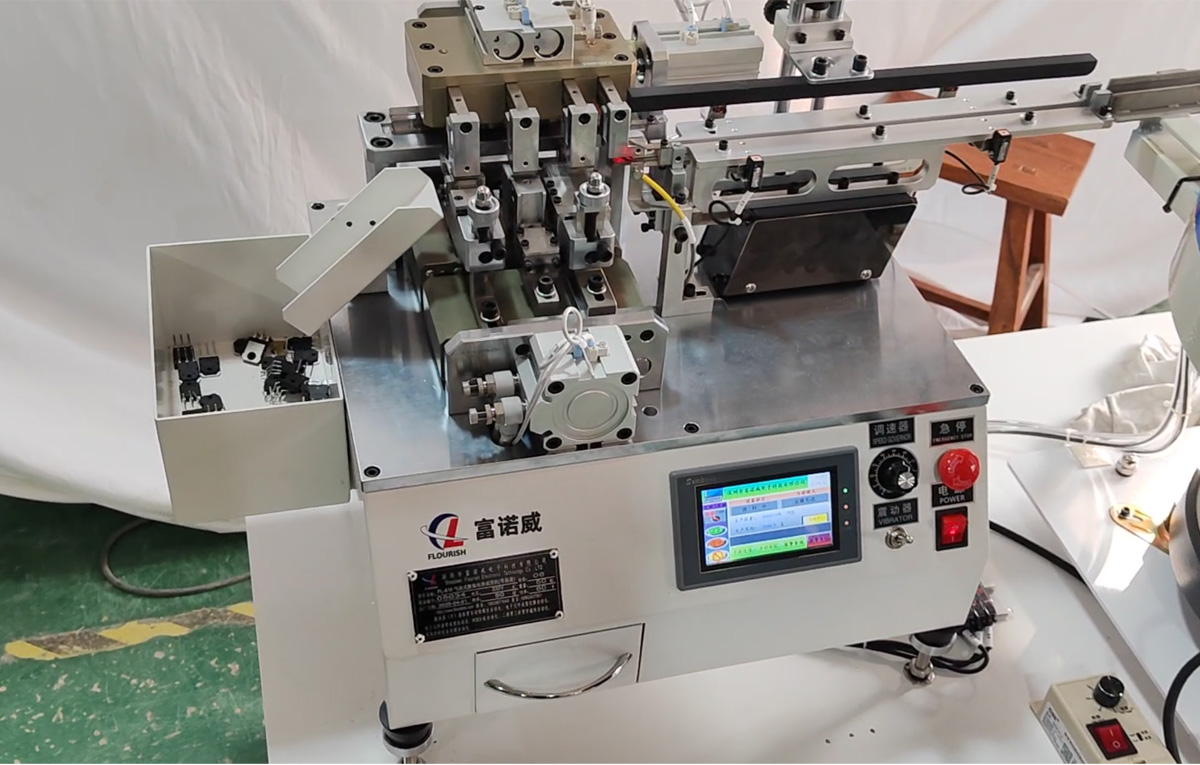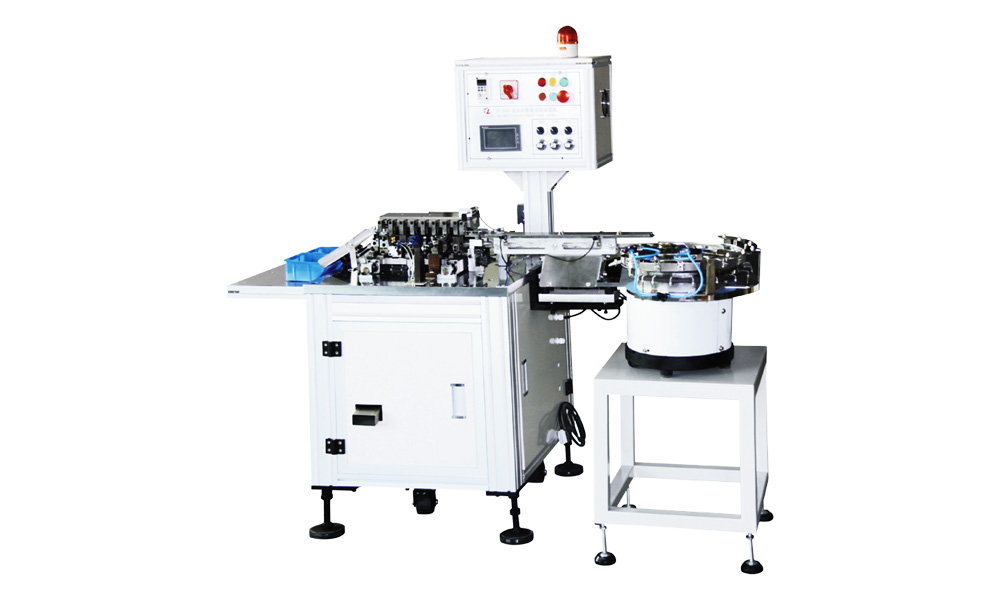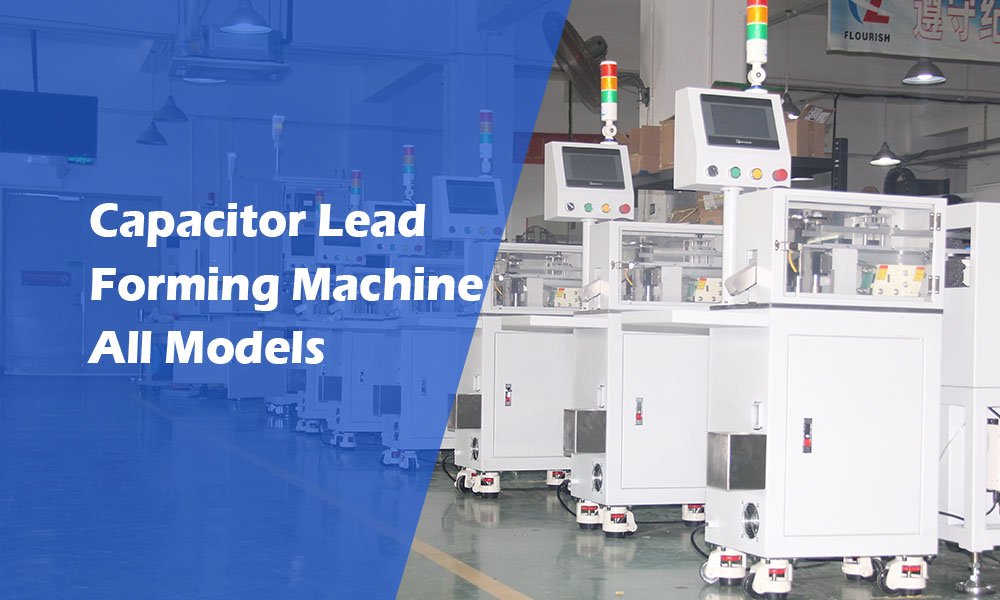Who should read this: Process/industrial engineers, manufacturing managers, and equipment decision-makers in power electronics, EV charging, PV inverters, motor drives, industrial power supplies, and home-appliance control boards.
What Is an IGBT?
An Insulated Gate Bipolar Transistor (IGBT) is a power semiconductor that combines the high input impedance of a MOSFET with the high current-carrying capability of a BJT. It’s widely used in high-voltage, high-current applications such as EV chargers, PV/ESS inverters, industrial VFDs, laser power supplies, and compressor drives. The main value of IGBTs is lower conduction loss, robust voltage ratings, and efficient switching, enabling higher power density and better system efficiency.
What Does an IGBT Do?
- High-Voltage Power Switching: Acts as the main power switch in DC/AC conversion, motor control, and inverter stages.
- Efficiency & Thermal Balance: Delivers low VCE(sat) for reduced losses and manageable thermal load.
- Reliability: Works with protection circuits (overcurrent/overtemperature) to support long service life and stable operation.
IGBT Assembly: A Typical Line Flow
- Substrate & Thermal Path Prep: Clean and prepare heat sinks, aluminum/DBC substrates to ensure flatness and heat-transfer integrity.
- Thermal Grease Dispensing/Coating: Control thickness and uniformity; avoid voids and grease migration.
- Insulation/Ceramic Application: Place insulation sheets/ceramic interfaces with consistent pressure and planarity.
- Device Positioning & Fixation: Precision jigs and fixtures to maintain polarity and dimensional accuracy.
- Lead Trimming & Bending (Forming): Cut to length, bend to angle and pitch for PCB fit and spatial constraints.
- Mechanical Fastening (if heat-sink mounted): Torque-controlled fastening and anti-loosening methods.
- Soldering/Reflow/Curing: Manage wetting, co-planarity, and reflow profiles to minimize voids and stress.
- Testing & Burn-In: Verify switching characteristics, insulation strength, thermal rise, and long-term stability.
- Documentation & Records: Keep process parameters, yield data, and inspection results for internal quality control.
Suggested internal link:
IGBT Forming: Why Lead Quality Determines Yield
IGBT lead forming includes precise length trimming, angle/pitch control, flattening/planarization, and co-planarity management.
Key quality metrics
- Lead length consistency: Typically ±0.1–0.2 mm depending on package and spec.
- Pitch & angle accuracy: Prevents insertion issues, cold joints, and stress concentrations.
- Co-planarity: Reduces solder-joint lift and residual stress after reflow.
- No burrs or surface damage: Avoids wetting defects and electrical risk.
The risk with manual/semi-auto work: Greater dimensional drift, uncontrolled forming stress, unstable takt time, and lower first-pass yield—often seen as higher void rate, increased thermal resistance, and degraded long-term reliability.
Why Automate IGBT Forming?
- Consistency: Stabilizes length/pitch/angle/co-planarity across shifts and lots.
- Throughput: 3–8× faster takt (varies by device shape and tooling).
- Closed-Loop Precision: Vision-assisted measurement and in-process corrections (where configured).
- Scalable Quality: Easier to maintain process windows as volumes and product variants grow.
Our IGBT Forming Machine (Flourishe)
Note: The following is a typical configuration. Final specs depend on your device family, substrates, and downstream process.
Core Capabilities
- Automatic Feeding + Precision Forming: Stable control of lead length, pitch, and angle (e.g., ±0.1–0.2 mm depending on device/tooling).
- Thermal Grease Dispensing / Coating (Optional): Film-thickness control and centering accuracy to protect thermal performance.
- Insulation Sheet/Ceramic Placement (Optional): Pressure and location control to ensure dielectric strength and flatness.
- Automated Fastening to Heat Sink (Optional): Torque monitoring with anti-loosening strategies.
- In-Line Vision Inspection (Optional): Lead length, pitch, angle, co-planarity, and cosmetic checks—results logged for quality analysis.
Target Applications
- EV chargers/adapters, motor drives, PV/ESS inverters, industrial and laser power supplies, home-appliance control boards, and more.
Project Highlights
- Extensive experience in forming, dispensing, placement, and fastening steps for IGBT and other power devices. Typical outcomes: higher first-pass yield, faster takt time, and reduced operator variability.
Learn more:
- Power Electronics Modules Solutions
- (Recommended) Add a dedicated IGBT Forming Machine product page and link it here.
Line Integration & ROI Snapshot
- Upstream/Downstream: Integrates before soldering/reflow and after substrate prep/cleaning; aligns with curing, functional test, AOI, and reliability checks.
- ROI Considerations: Labor consolidation (often replacing 2–3 operators), 0.5–1.5% yield lift (project-dependent), 50–200% takt improvement. Typical payback windows range 6–18 months, contingent on your volumes, device mix, and baseline yield.
FAQs
Q1: Can one machine handle multiple IGBT packages?
Yes—via dedicated tooling and programmable parameters. We recommend defining your target device range at project kickoff to optimize tooling.
Q2: How do you keep co-planarity and pitch within tolerance?
High-precision forming mechanisms combined with in-line measurement (where configured) and preventive tooling maintenance. Tool steel, coating, and wear-tracking are critical.
Q3: Can the system verify lead quality in real time?
Optional vision modules measure lead length, pitch, angle, and surface defects in line, providing immediate feedback for process control and quality records.
Call to Action
Looking to stabilize forming quality, improve yield, and speed up your IGBT line?
Contact Flourishe for a quick feasibility check and tailored proposal:
- Power Electronics Modules Solutions
- (Recommended) Link to your IGBT Forming Machine product page and Contact Us page







